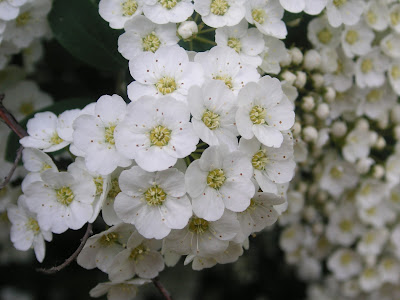Plant of the day is: Doryanthes excelsa or gymea lily
I should really write about an Amorphophallus or a Rafflesia given my current bleak mood towards the burning of Borneo. Doryanthes is an interesting species for its relationship with fire, so maybe there is some similarity here. Here is a nice video showing the plant in its full form and size.
Doryanthes - A composite of two Greek words: doratos = spear and anthos = flower
excelsa - Latin derived from excelsus meaning high or lofty
(CC BY-SA 2.0) Photo Credit: Rexness
Taxonomy, etc.: Actually the type genus for the family Doryanthaceae. Pretty neat. A great way to learn a new family while we're at it. We don't have a whole lot of looking to do into the family as it contains just one genus! What!? Yep. Not only that, but there are only two species (both of which I recently got seed for). First described in 1802 by the Portuguese priest, statesman, philosopher, and botanist (seriously dude...) José Francisco Corrêa da Serra a close friend of the famous Joseph Banks (Endeavour voyage with James Cook...some crazy cool history there). This family used to be included in the Agavaceae family.
(CC BY-NC-SA 2.0) Photo Credit: Merrillie Redden
Really gives an idea for how big that inflorescence is right?
Description,etc: Kind of a hodgepodge of information in this section tonight as it's getting late. It forms a large rosette with many sword-shaped, strap-like leaves up to 2.5 m long! Oh alright, it's 8 feet. Crazy right? When grown from seed they can take upwards of 8 years or more to flower. They are a VERY large plant with thick underground rhizome that is gradually pulled deeper into the soil by contracting roots during dry weather. Forms a scape when flowering that can reach upwards of 4-6 m. That. is. bonkers. The head of flowers itself is around 30 cm or 10 in in diameter, pretty impressive in it's own right and clearly large enough for a good sized bird to get down on. The head is surrounding by brownish bracts that can make it difficult to see the flowers from below. The seeds are dispersed in oval woody capsules (watch video for a nice view of them). In the late summer they split open (dehisce) and release seed.
Range: Both species of Doryanthes are endemic to Australia. This one in particular is found along the central coast of New South Wales. Here is a nice page with further information and a map.
Culture/Propagation: Absolutely MUST have very well drained soil, lots of sand helps but there are certainly other amendments. You'll want it well drained deeply (rock garden, etc.) as it's a beast of a plant and has quite the rhizome/root system. It is NOT very frost tolerant and typically not winter hardy anywhere near here (Saint Louis). Considering the deep rooted nature of the plant, I am curious to see how it handles container growth. I'd venture it still manages quite well considering the plants wide usage in Horticulture. It is definitely a mainstay of many an Australian garden, and rightly so. Worth noting that despite the requirement for well drained soil it DOES require quite a bit of water. You can see one in it's native environment in a sandstone woodland below. Relatively fresh seed should germinate readily within 2 months (fingers crossed!).
Fun facts: It seems that this species can be prompted into early flowering by either setting fire to a portion of the rosette or by placing a heavy rock in the center of it. I'm intrigued by this rock idea and will have to do more research. Unsure if this actually works.
Enjoy!
Photo Credit: Tony Rodd
I love this photo for the comparison in size to the Doryanthes to the nearby trees. Click the image for a closer look and the marvels of Australia near the southern outskirts of Sydney. I see ferns.































